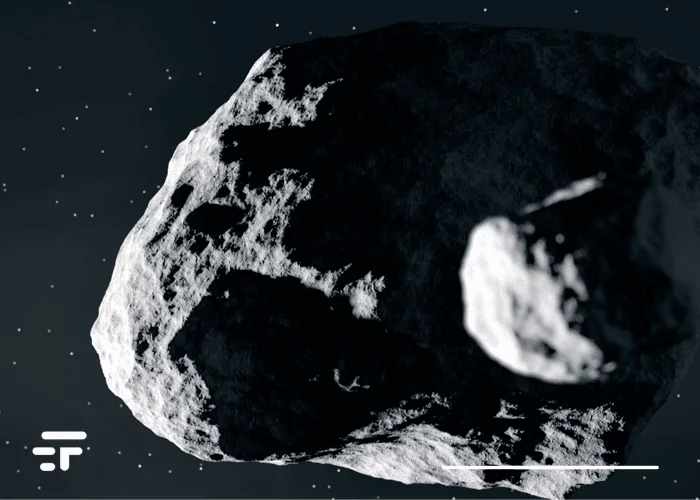Wu Yanhua, deputy director of the China National Space Administration (CNSA) announced a program to use a spacecraft as a "bullet" to hit asteroids and change their trajectory. The mission is a part of CNSA's new planetary defense strategy, designed to prevent future potential devastating asteroid impact.
Asteroids, space threats
After the formation of the planets in our solar system, millions of rocky objects remained lying around. A bit like the screws that we find in more when we try to assemble a piece of furniture by ourselves. In the midst of so many small objects, however, there are much larger objects: we call them asteroids.
Most of them are far away, but some occasionally poke their noses in our part, and some have hit, or can hit, our planet. If one big enough comes along (like Chixulub, the one that caused the extinction of the dinosaurs) our species could be wiped out too.

Planetary defense
Hoping to prevent an infrequent but real and catastrophic scenario, some space agencies have created planetary defense offices that detect and track nearby asteroids, keeping an eye on potentially dangerous ones. They also strategize and test ways to avoid future asteroid impacts.
The USA and Europe have long begun to enhance this sector, and in recent years we have also witnessed a broad simulation of "defense" (in which, unfortunately, we were unable to avoid the impact with an asteroid).
Today China is more interested than ever in working on planetary defense.
From China with fury
La first conference on the subject in the Celestial Empire took place very recently, in October 2021. In January 2022However, quickly, a white paper was released announcing the five-year aim of "improving the monitoring, cataloging of asteroids and response capabilities".

Wu said today that the CNSA plans to launch a mission in 2025 or 2026 to closely study an asteroid. The goal is to alter its orbit by hitting it with an aircraft used as a "space projectile".
The idea sounds pretty radical, but it's not new. In November 2021 NASA launched the DART: Double Asteroid Redirection Test. It is a mission to crash a 600kg (1.340 lb) space probe into Dimorphos, an asteroid that orbits another larger rock called Didymos.
The impact should reduce Dimorphos' orbit around Didymos, the larger asteroid, of about 10 minutes. Basically, move it.
The result is obviously not a foregone conclusion, and DART (expected to hit Dimorphos in September 2022) will study the data and consequences of the collision in a second mission in 2027.
USA and China, save the planet from asteroids
I hope both NASA and CNSA will find out to reliably redirect an asteroid. It would be nice to know that two powers like these save us from the destruction of the planet. And then yes, of course, they could also work to avoid destroying it directly themselves.
Indeed, to be honest: instead of crashing a spacecraft into asteroids they could use a nuclear bomb to make it explode into harmless fragments. At least it would do something useful.


